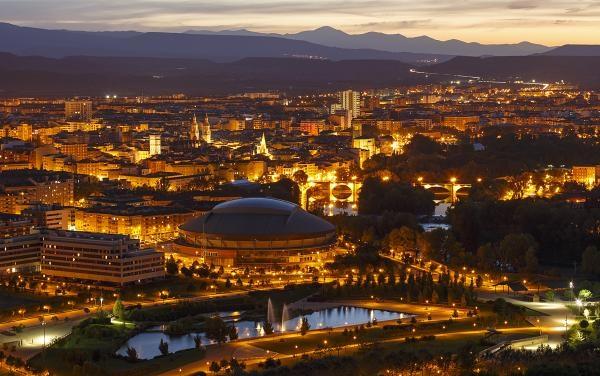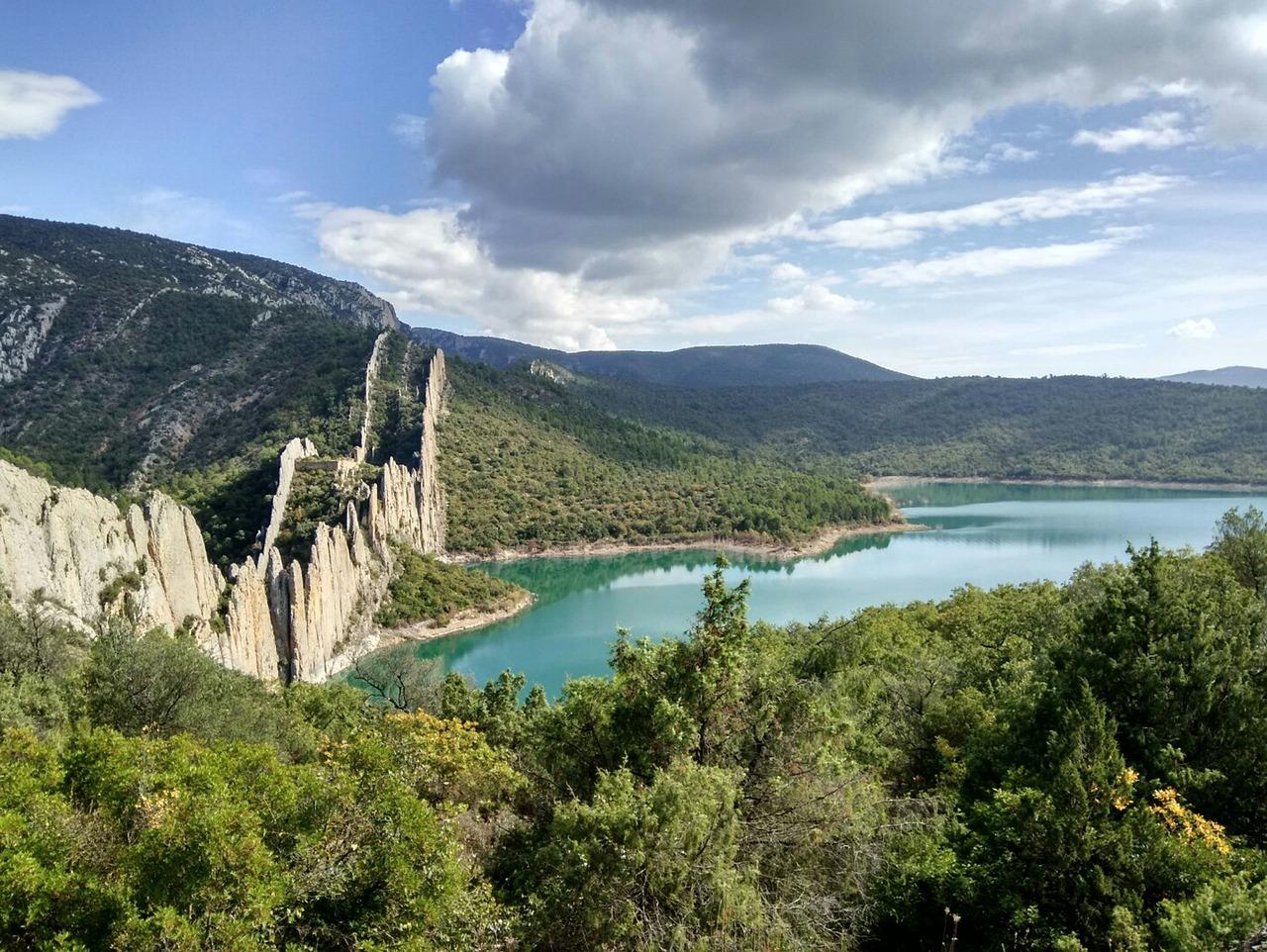Airports, world-class museums, celebrity sports teams, and restaurants open before 9 p.m. are just some amenities that travellers may enjoy in Barcelona and Madrid. Although much of Spain may be closed during the afternoon for siesta, the nation is still worth seeing.
These are some of the most stunning, though often overlooked, parts of Spain, from the white villages of Andalusia to the beaches of the Costa Brava.
Logroño

Logroo is a city in northern Spain that was formerly a mediaeval walled town and whose Old Quarter is now a major tourist destination. Casco Antiguo has long been a stopping point for pilgrims’ route to Santiago de Compostela to pay their respects at the shrine of Saint James. The Romanesque façade of the Church of Saint Bartholomew and the Gothic Santa Maria de Palacio are worth seeing for their intricate carvings and sculptures.
Logroo is the commercial hub of the La Rioja wine region, and its wines and restaurants have earned international renown. The local paseo takes place in the early evening and is the ideal spot to join in on the picturesque Paseo del Espolón, lined with ancient gardens.
Santiago de Compostela

Galicia’s capital and one of the greatest locations to visit in Spain, this modest and picturesque mediaeval city is a sight to see. As the final stop on the Camino de Santiago, it attracts a unique cross-section of people, including students, natives, visitors, and pilgrims. From the enormous Praza do Obradoiro to the jaw-dropping Catedral, you’ll find a lovely labyrinth of honey-coloured streets, gorgeous squares, and mediaeval churches. Don’t leave Galego without stuffing your face with some of Spain’s best cuisine and wine. Torta de Santiago and Pulpo a Feira (slow-cooked octopus with potatoes and paprika) are two of the restaurant’s most popular dishes (a sweet almond sponge).
Santiago de Compostela is most beautiful in May, early June, and late September. There will still be a possibility of pleasant weather, but you may enjoy it with fewer people. Galicia is home to some of Spain’s most beautiful landscapes. Hike up Mount Pedroso to take in the stunning scenery of Galicia. This climb is about an hour’s walk to the north-northwest of the historic district, and it offers breathtaking vistas. To reach the slopes of Pico Sacro, go 30 minutes south of town on a local bus.
Gaucín

Spain has picturesque hill towns with brightly painted facades, but Gaucn stands out for its breathtaking vistas of Gibraltar and North Africa, yet it’s just an hour distant from the bustling Costa del Sol. The breathtaking views you’ll get as you approach from the shore are only a taste of what you’ll find when you go trekking in the mountains of Andalusia, where you may frequently see migrating birds on their way between Europe and Africa. Get a glass of wine at the Swedish-owned Enkvist Wines and then relax with a pan of paella at Terral Gaucin’s outdoor tables.
Córdoba

Do you consider Granada and Alhambra among Spain’s top tourist destinations? You might check out Córdoba as an alternative. The unparalleled Mezquita is located in the city that formerly served as the Islamic capital of Spain. This magnificent mosque is a crowning achievement of Moorish architecture in Spain and deserves to be seen.
Admire the Alcazar de Los Reyes Cristianos, explore La Judera (the ancient Jewish neighbourhood), unearth beautiful patios, cross the evocative Puente Romano (Roman Bridge), and soak in the vistas from the Calahorra Tower. Stroll around the streets of Córdoba while sampling some of the city’s best tapas, such as raba de toro (slow-cooked oxtail) and berenejas de miel (fried aubergines in dark honey), and washing it all down with some of the region’s finest montilla sherry.
Getting to Córdoba requires some more work. Day-trippers are less common here than in neighbouring Seville and Granada, two other popular Andalucian destinations. Córdoba is in the south of Spain. Therefore the best times to come are in the spring and fall. UNESCO World Heritage Site Medina Azahara is located around 7 kilometres west of the old town and is home to historic ruins. By the middle of the ninth century, Abd-ar-Huesca constructed this Caliphate City.
Huesca

Huesca, a tiny town in the Aragon area of northern Spain, is a popular starting point for journeys to the adjacent Loarre castle and ski trips to the Pyrenees Mountains. Still, the city has a few hidden gems worth checking out.
The Huesca Cathedral dates back to the 13th century and has stone sculptures of the twelve apostles found in the partly restored Old Quarter. Huesca’s most popular landmark is the Romanesque cloister at the San Pedro el Viejo Abbey. It’s also recommended that you check out Miguel Servet Park, the biggest park in the city. The centre park has spacious paths shaded by tall trees, diverse sculptures, and many water elements.
Every self-respecting traveller interested in discovering Spain as a dynamic and energising destination must see the country’s many regions. What’s more, if you visit a new place with an open heart and mind, you’ll have endless chances to learn about and appreciate the area’s people, customs, cuisine, and landscapes. To help you plan your trip to Spain, we’ll provide our insider knowledge of the top attractions.
Lastly, read more about travel around the world here.


